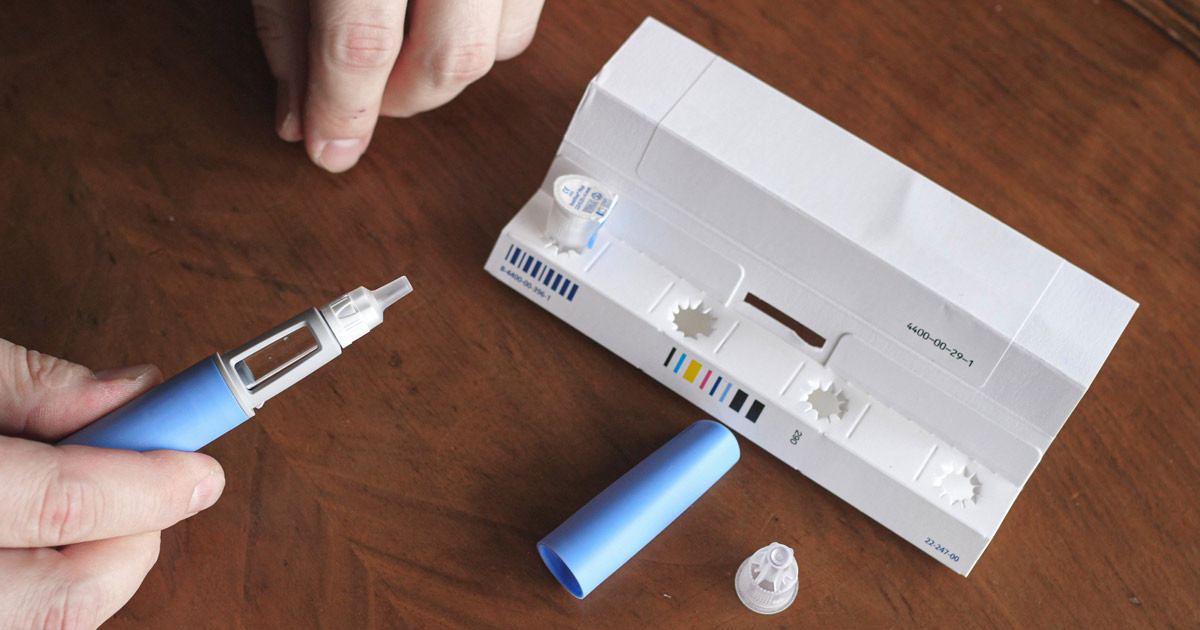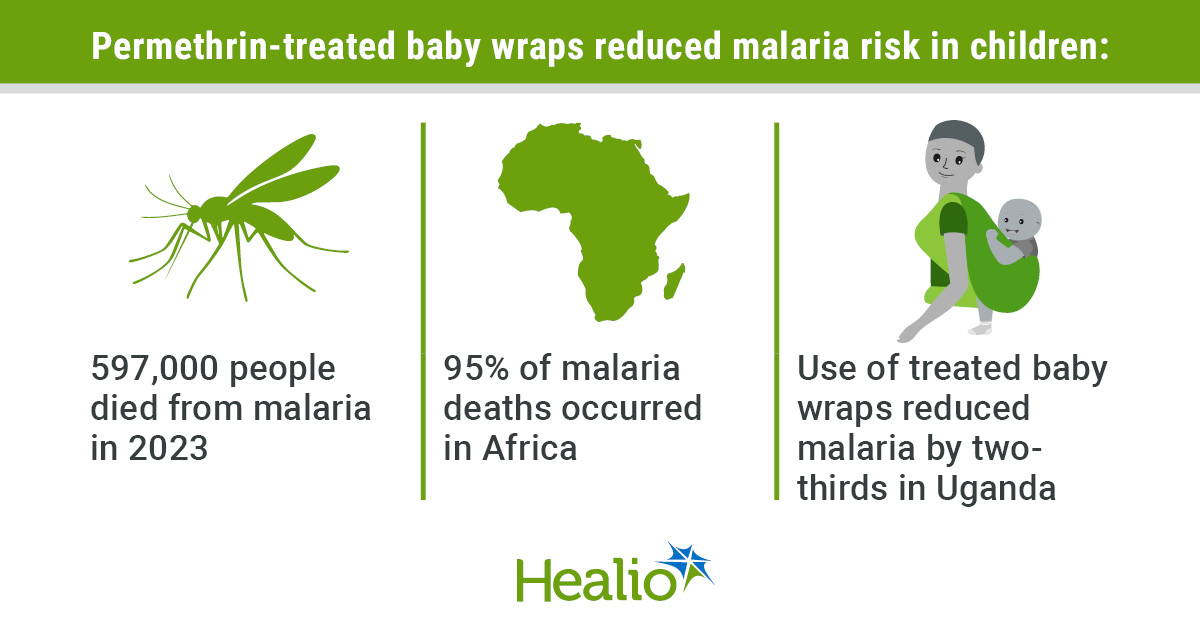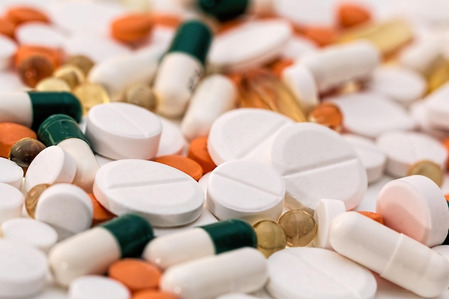October 09, 2025
2 min read
Key takeaways:
- Multiple studies have indicated GLP-1s can lower the risk for several types of addiction.
- But barriers, like accessibility, affordability and stigma, may impact the drugs’ use for addiction.
NASHVILLE — GLP-1 receptor agonists have shown promise as treatment for addiction, but there are still several hurdles affecting their use that need to be addressed, according to a speaker at OMED.
“I think we’re really scratching the surface of their promise in the field of addiction medicine,” Steven Klein, MD, PhD, FAAP, an addiction medicine physician at Caron Treatment Centers, said.

Multiple studies have indicated GLP-1s can lower the risk for several types of addiction. Image: Adobe Stock
GLP-1s are currently not approved for addiction but several prior trials have highlighted their potential in this area. One such analysis indicated that GLP-1s (and glucose-dependent insulinotropic polypeptide agonists) lowered rates of alcohol intoxication and opioid overdose by 50% and 40%, respectively, in people with alcohol use and opioid disorders. Another study suggested people with alcohol use disorder who used GLP-1s to treat obesity or type 2 diabetes had a lower risk for hospitalization due to the disorder.
During the presentation, Klein highlighted a small randomized, double-blind controlled trial where the researchers reported a 40% reduction in opioid craving among participants vs. those taking placebo.
“Will these medications be followed by addiction treatments or at least FDA approval for addiction treatment? That’s what we’re all waiting to find out,” Klein said.
There are some experimental studies that have investigated underlying mechanisms behind these findings. For example, Klein noted that functional MRI studies examining GLP-1s like semaglutide (Wegovy/Ozempic, Novo Nordisk) and liraglutide (Victoza/Saxenda, Novo Nordisk) “have shown reduced prefrontal cortex activation in response to drug or food cues, indicating less salience attribution.”
In addition, GLP-1 signaling could impact synaptic plasticity, “allowing for maladaptive memories tied to substance use,” and the drugs in the N-acetylcysteine can decrease patients’ “highs” and their motivation to chase their addiction.
Despite their potential, Klein discussed barriers to using GLP-1s for addiction treatment, including their high out-of-pocket costs and accessibility among underinsured, uninsured or marginalized populations, groups that “unfortunately are also disproportionally affected by addiction.”
“Brand names like Ozempic, Wegovy, Victoza and Saxenda can cost $1,200 or more out of pocket per month without insurance” he said. “Most insurers in fact don’t even cover GLP-1s.”
He added there is significant prior authorization burden resulting from using GLP-1s, even for approved indications, with insurers requiring extensive documentation or high BMI thresholds.
Klein also highlighted the stigma and fear surrounding addiction treatment and the hesitancy of physicians to use GLP-1s off label, “especially for patients with substance use disorder, who are a protected class.”
However, “for me, I really approach the treatment of obesity as being synonymous with food addiction,” Klein explained. “That makes the off-label use of these medications to treat other addictions more palatable for me.”
He concluded there is a need for further larger studies as well as “insurance and institutional buy-in.”










